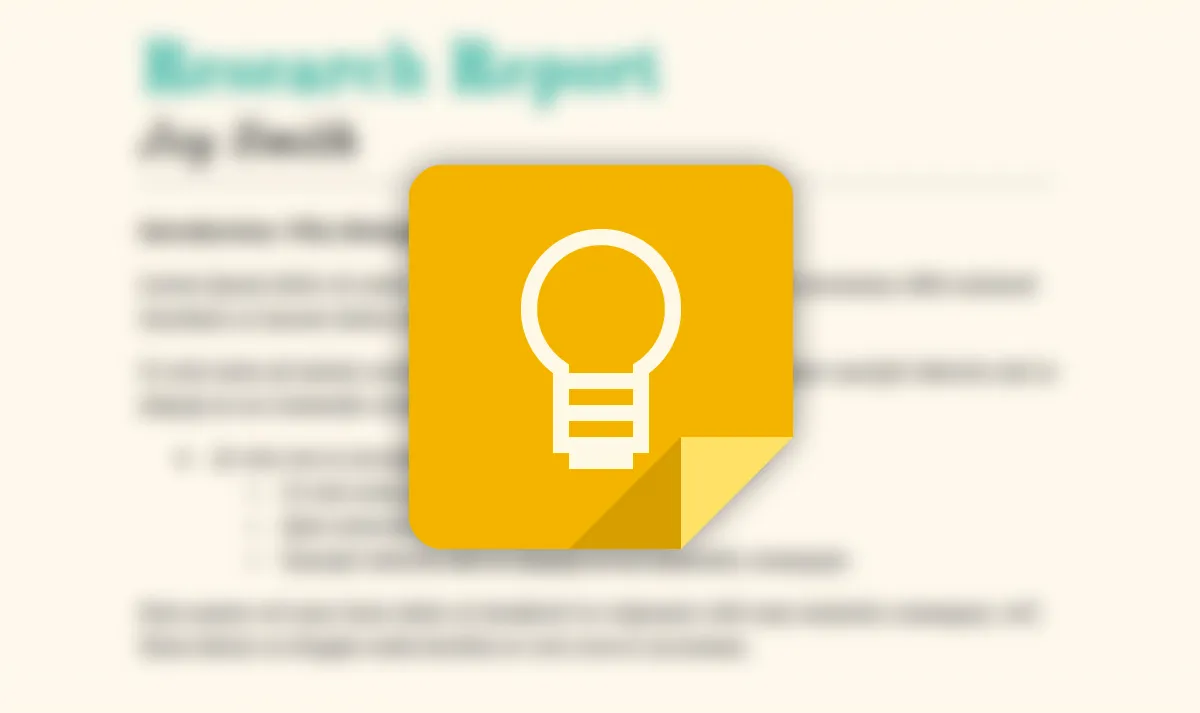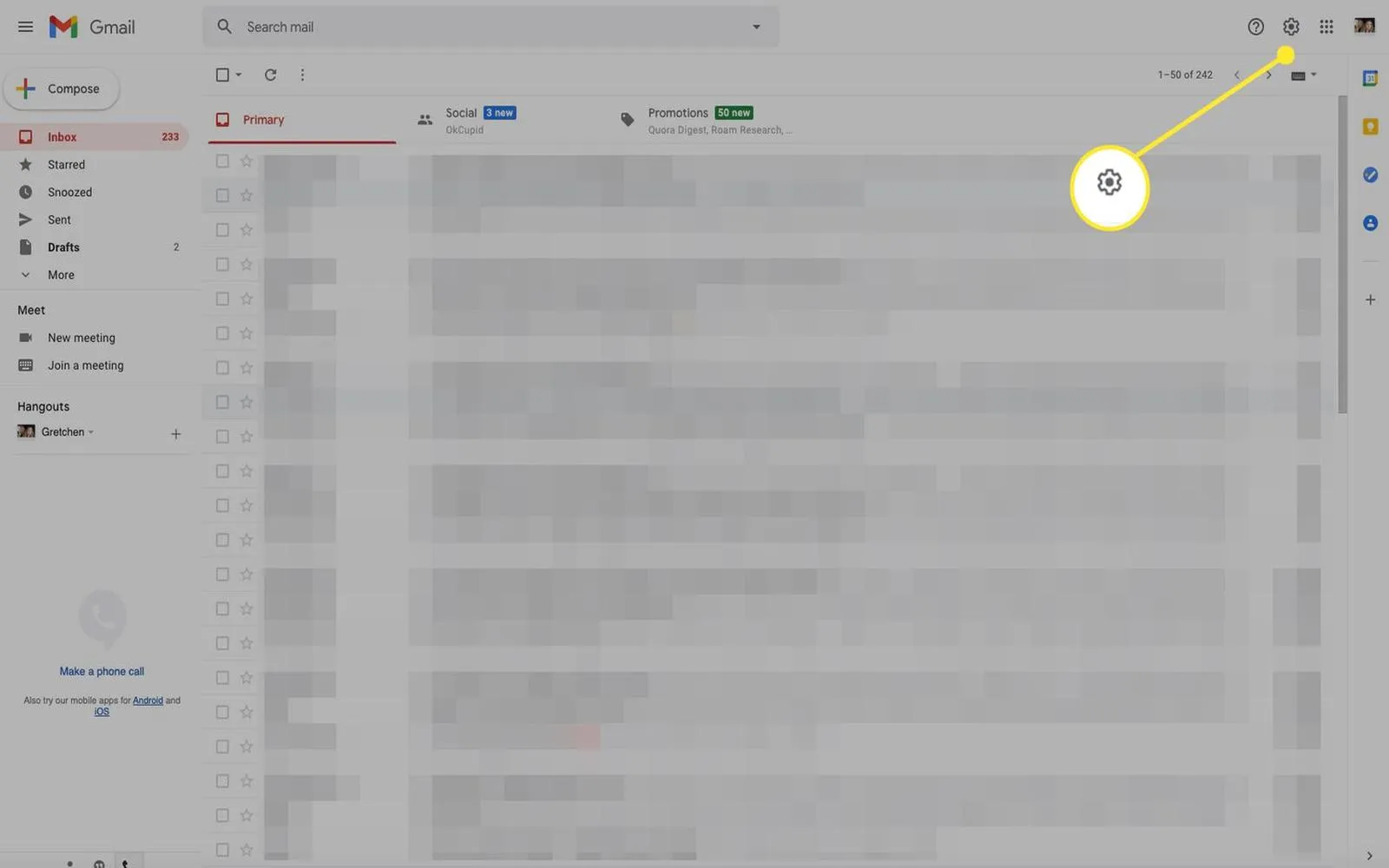Understanding Hugging Face
Hugging Face is a company that has rapidly become a leader in the field of Natural Language Processing (NLP). It is best known for its open-source platform that facilitates the development and deployment of machine learning models, particularly those focused on language understanding and generation. The platform offers a vast collection of pre-trained models and tools, making it accessible for both researchers and developers.
Key Features of Hugging Face
One of the main attractions of Hugging Face is its user-friendly interface and extensive library, known as the Transformers library. This library contains numerous state-of-the-art models that can be easily implemented for various NLP tasks, such as text classification, sentiment analysis, and question answering.
| Feature | Description |
|---|---|
| Transformers Library | A collection of pre-trained models that can be fine-tuned for specific NLP tasks. |
| Datasets | A repository of datasets that can be used for training and evaluating models. |
| Tokenizers | Tools for converting text into numerical formats that models can understand. |
| Hub | A platform for sharing and discovering models and datasets created by the community. |
Applications of Hugging Face
Hugging Face has a wide range of applications that cater to different industries and use cases. Some of the most common applications include:
- Chatbots: Developers can create intelligent chatbots that understand and respond to user queries.
- Content Generation: The models can generate coherent and contextually relevant text, making them useful for content creation.
- Sentiment Analysis: Businesses can analyze customer feedback to gauge public sentiment about their products or services.
- Translation: The platform supports multilingual models that can translate text between different languages.
Community and Collaboration
One of the standout features of Hugging Face is its vibrant community. The company actively encourages collaboration among researchers, developers, and enthusiasts. This collaborative spirit is evident in the contributions made to the Transformers library, where users can share their models and improvements.
The Hugging Face community also engages in forums and discussions, allowing users to seek help, share experiences, and learn from one another. This makes it easier for newcomers to get started with NLP and for seasoned professionals to refine their skills.
Getting Started with Hugging Face
Starting with Hugging Face is a straightforward process. Here are the steps involved:
- Installation: Users can easily install the Transformers library using pip:
- Select a Model: Choose from a wide range of pre-trained models available on the Hugging Face Hub.
- Fine-tuning: Fine-tune the selected model on your specific dataset to achieve better performance.
- Deployment: Deploy the model for use in applications like chatbots, web services, or mobile apps.
pip install transformersChallenges and Considerations
While Hugging Face offers numerous advantages, there are also challenges to consider. For instance, fine-tuning models requires a significant amount of computational resources and expertise in machine learning. Additionally, the quality of the output is heavily dependent on the data used for training.
Moreover, ethical considerations surrounding bias in AI models are crucial. Hugging Face acknowledges these challenges and actively promotes responsible AI practices within its community.
Conclusion
In summary, Hugging Face is a groundbreaking platform that democratizes access to advanced NLP tools and models. Its user-friendly library and supportive community make it an invaluable resource for anyone interested in exploring the capabilities of machine learning in language processing. Whether you are a researcher, a developer, or a business looking to enhance your applications with NLP, Hugging Face provides the tools and resources necessary to succeed. Embracing the innovations offered by Hugging Face can significantly enhance your projects and open up new avenues for growth and creativity.





